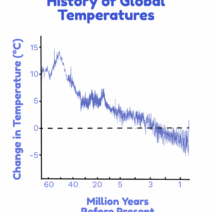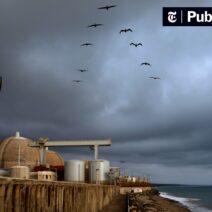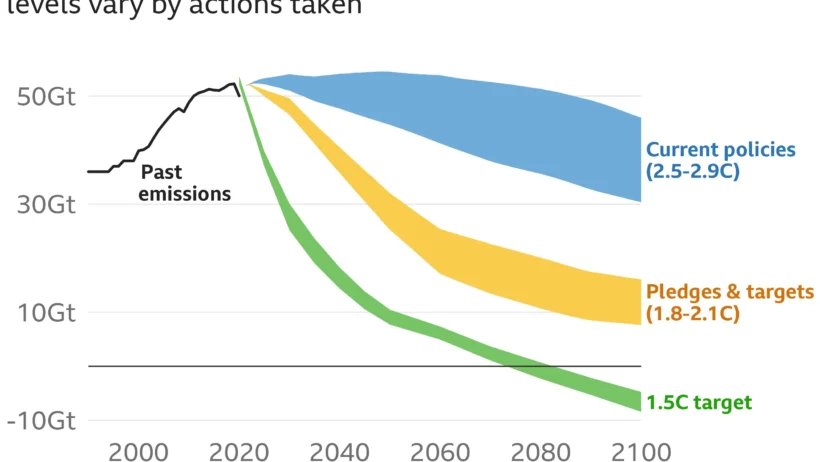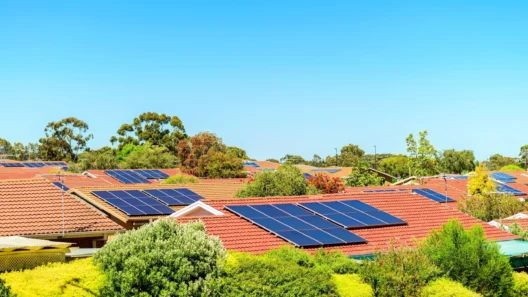Climate phenomena are frequently at the forefront of discussions surrounding environmental change, inciting a plethora of reactions among scientists, politicians, and the general populace alike. A prevailing inquiry emerges from the labyrinth of climate discourse: are we enmeshed in an epoch of global warming, or are we unwittingly traversing into an era of global cooling? To unravel this conundrum, it is essential to delve deeply into the intricate tapestry woven by historical climate patterns, current scientific understandings, and the consequential ramifications for our planet.
To commence, one must define the salient terms: global warming and global cooling. Global warming refers to the progressive increase in Earth’s average surface temperature due to an enhanced greenhouse effect, primarily fueled by anthropogenic activities. Conversely, global cooling encapsulates periods where Earth experiences a downturn in average temperatures, often attributed to natural variances in climate, celestial mechanics, and, on rare occasions, human-induced factors. Historically, Earth’s climate has oscillated between these two states, revealing both patterns and anomalies over geological epochs.
The fascination with global warming stems largely from its immediate impact on the environment. The unmistakable rise in earth’s temperature, which has escalated approximately 1.2 degrees Celsius since the late 19th century, has precipitated a myriad of environmental disruptions. Ice caps and glaciers are retreating at an alarming rate, leading to rising sea levels that encroach upon coastal ecosystems and human settlements alike. Additionally, the increased frequency of weather anomalies, such as hurricanes, droughts, and heatwaves, poses an urgent threat to both biodiversity and food security.
Conversely, the concept of global cooling is often relegated to the annals of climate myths, yet it garners equal interest, particularly in light of historical episodes such as the Little Ice Age, which spanned approximately from the 14th to the 19th centuries. This phase is characterized by a significant dip in average global temperatures, leading to agricultural failures in Europe and profound socio-economic repercussions. Such episodes remind us that climate is inherently variable and subject to shifts that may not always align with current trajectories.
The question, then, is whether current indications point towards a warming or cooling trend. Unambiguously, data from the last century advocate for a clear warming trajectory. The Intergovernmental Panel on Climate Change (IPCC) emphasizes that the last few decades have seen unprecedented temperature increases, driven largely by greenhouse gas emissions from fossil fuel combustion and deforestation. Such activities have not only escalated the greenhouse effect but have also altered atmospheric compositions, leading to further warming.
However, to delineate this warming from potential future cooling trends, one must consider both natural and anthropogenic influences. Natural phenomena, including volcanic eruptions and solar radiation variability, can lead to short-term fluctuations in temperature that may mask the underlying warming trend. Notably, the cooling effects of major volcanic eruptions may temporarily obscure the long-term warming trajectory, creating a misleading narrative regarding climate stability.
Another fascinating aspect lies in the ocean’s role in climate dynamics. Oceans act as significant heat reservoirs, absorbing a substantial portion of the excess thermal energy generated by greenhouse gases. Yet, their absorbed warmth manifests variably across decades, leading to phenomena such as El Niño and La Niña, which can introduce temporary cooling or warming episodes. This intricate interplay complicates the narrative, underscoring the need for holistic climate assessments beyond surface-level temperature readings.
Public perception often oscillates between the looming threat of global warming and the sporadic whisper of global cooling. The media’s portrayal of climate happenings can exacerbate this confusion. Headlines that emphasize isolated weather events, such as snowy winters or anomalously cool summers, may inadvertently fuel the skepticism surrounding the unequivocal evidence of global warming. Such narratives often lack context and can obscure the broader, long-term trends that scientists aim to communicate.
To chart a course forward, it is essential to understand the implications of both warming and cooling scenarios. The ramifications of ongoing global warming are dire. Biodiversity loss is projected to escalate, as species struggle to adapt to rapidly changing habitats. Moreover, the resilience of human societies may be tested as climate-related disasters proliferate, threatening infrastructure, health, and livelihoods worldwide. Conversely, while dramatic cooling could temporarily alleviate certain thermal stressors, it poses its own challenges, including diminished agricultural output and increased incidences of extreme weather events contrary to seasonal norms.
In conclusion, the climate challenge requires discernment and engagement in an era where both global warming and the historical specter of global cooling linger in collective consciousness. Emphasis on global warming is necessary to mobilize action against ongoing climate degradation, but it must be coupled with an appreciation for the past episodes of cooling that remind us of the Earth’s dynamic climate system. As society grapples with these complexities, an informed perspective is imperative—one that fosters proactive measures against climate change, irrespective of the immediate temperature fluctuations we might observe. Ultimately, a collaborative global effort to mitigate warming and adapt to ongoing climate variability will be our best defense against the environmental uncertainties of the future.







